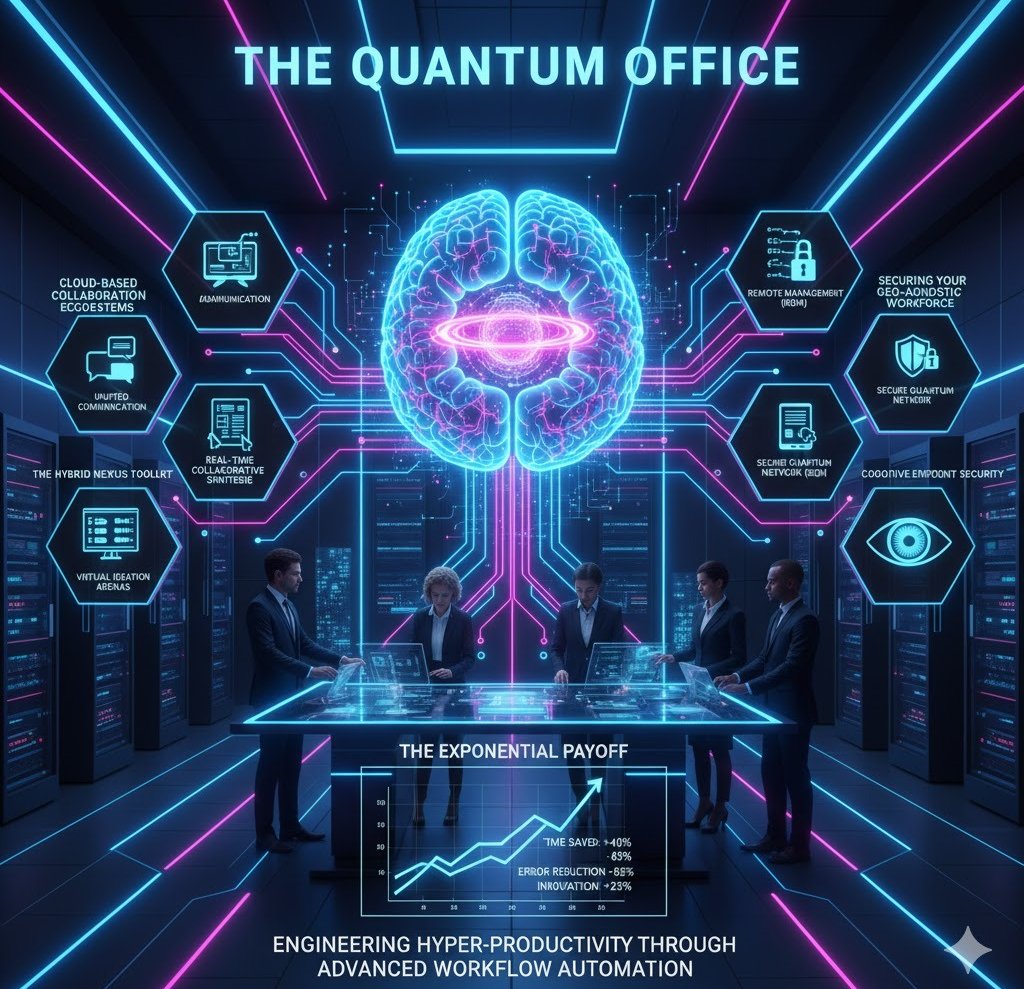At the Edge of Innovation: Harnessing Edge Computing for Faster Insights
Mr. Hunain Panjwani
10/6/20252 min read


SEO Idea: An introductory blog post explaining the concept and benefits of edge computing. It will highlight its practical applications across various industries by focusing on its ability to process data closer to the source for faster insights and real-time decision-making.
SEO Keywords: edge computing, IoT solutions, data processing, low-latency applications, real-time data analysis, manufacturing technology.
In an increasingly connected world, vast amounts of data are being generated at the "edge" of the network—from smart sensors on a factory floor to connected vehicles on the road. For years, the standard practice was to send all of this data to a centralized cloud for processing. This model is efficient for some tasks, but it's often too slow for applications that require immediate insights. Edge computing is a paradigm shift that changes this by bringing data processing closer to its source, reducing latency and enabling true real-time data analysis.
How Edge Computing Works 🧠
Think of the traditional cloud model as a central office that receives all mail from every branch, sorts it, and sends back a response. This process can have significant delays. Edge computing is like having a small, local mailroom at each branch that handles all the urgent mail on-site before sending the summarized, non-critical mail to the central office.
This model is critical for low-latency applications where even a fraction of a second of delay can be a problem. For example, in a self-driving car, a decision to brake must be made instantly based on data from its sensors, not after sending that data to a cloud server and waiting for a response.
Licensed by Google
Practical Applications Across Industries 🏭
The power of edge computing is its ability to enable instantaneous decision-making across a wide range of fields.
Manufacturing Technology: In a smart factory, thousands of IoT sensors on a single machine generate terabytes of data. Sending all this data to the cloud is impractical. By using an edge device on the factory floor, a manufacturing company can process the data in real-time to perform predictive maintenance, identifying a potential equipment failure before it happens. This prevents costly downtime and ensures production continuity.
Healthcare: Edge computing enables real-time patient monitoring. Wearable devices and sensors can process a patient's vital signs locally, and if a critical threshold is crossed, the edge device can immediately send an alert to a healthcare provider. This ensures a rapid response in life-threatening situations.
Retail: In a smart retail store, cameras and sensors can analyze shopper behavior in real-time. This IoT solution can use edge computing to identify when a product is running low on a shelf, alert staff, or analyze foot traffic to optimize store layouts. This allows for immediate action without relying on a slow, centralized system.
Autonomous Vehicles: As mentioned above, self-driving cars are the ultimate low-latency application. The vehicle must process sensor data to make split-second decisions about braking, steering, and acceleration. This processing must happen on-board, at the edge, to ensure safety.
By moving processing power closer to where the action is, edge computing is unlocking the true potential of the Internet of Things (IoT), paving the way for a future of instantaneous, intelligent systems.
